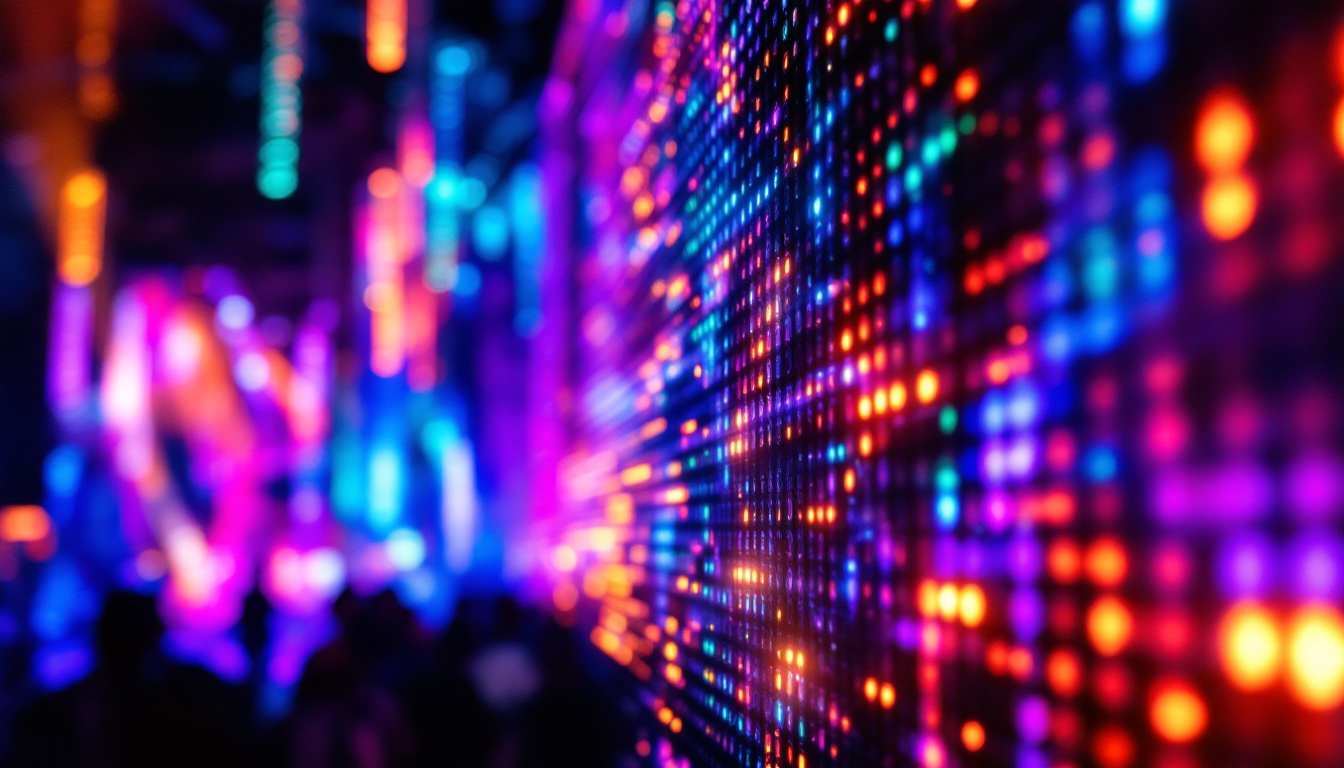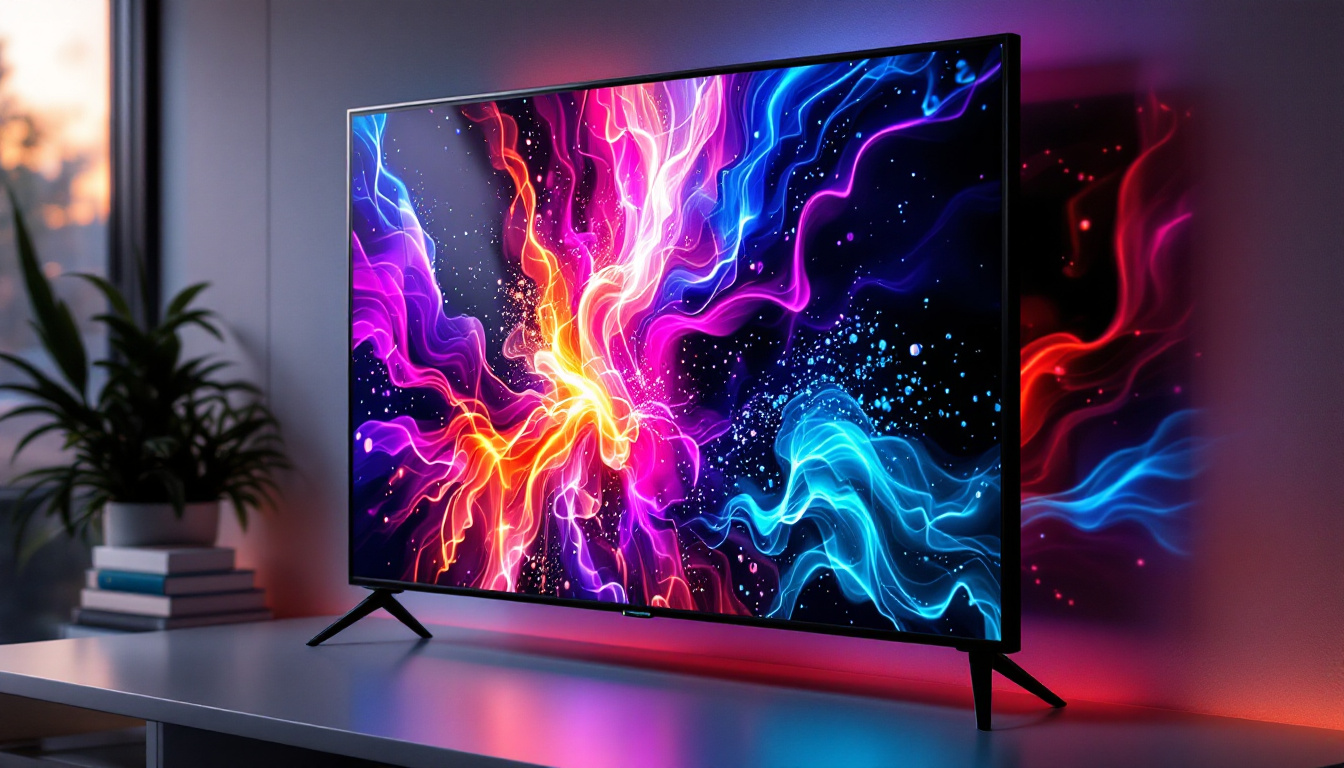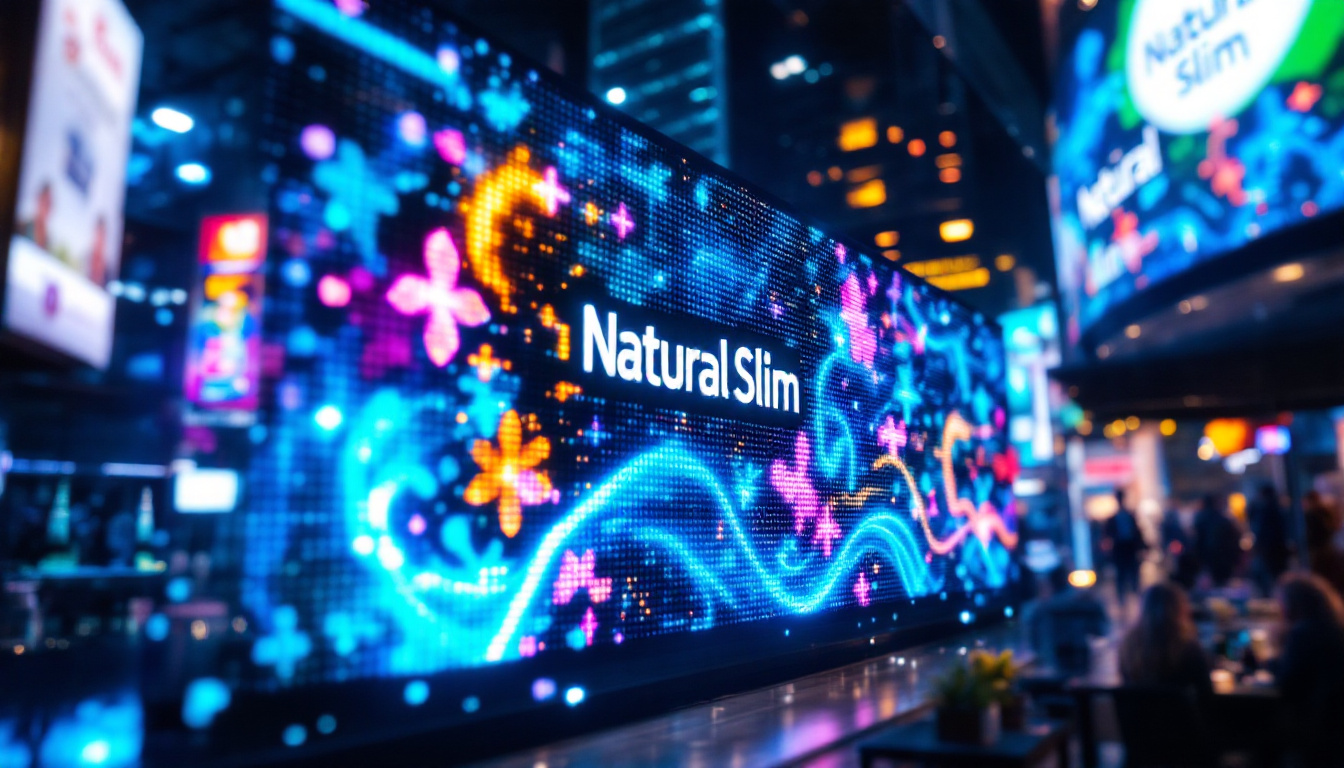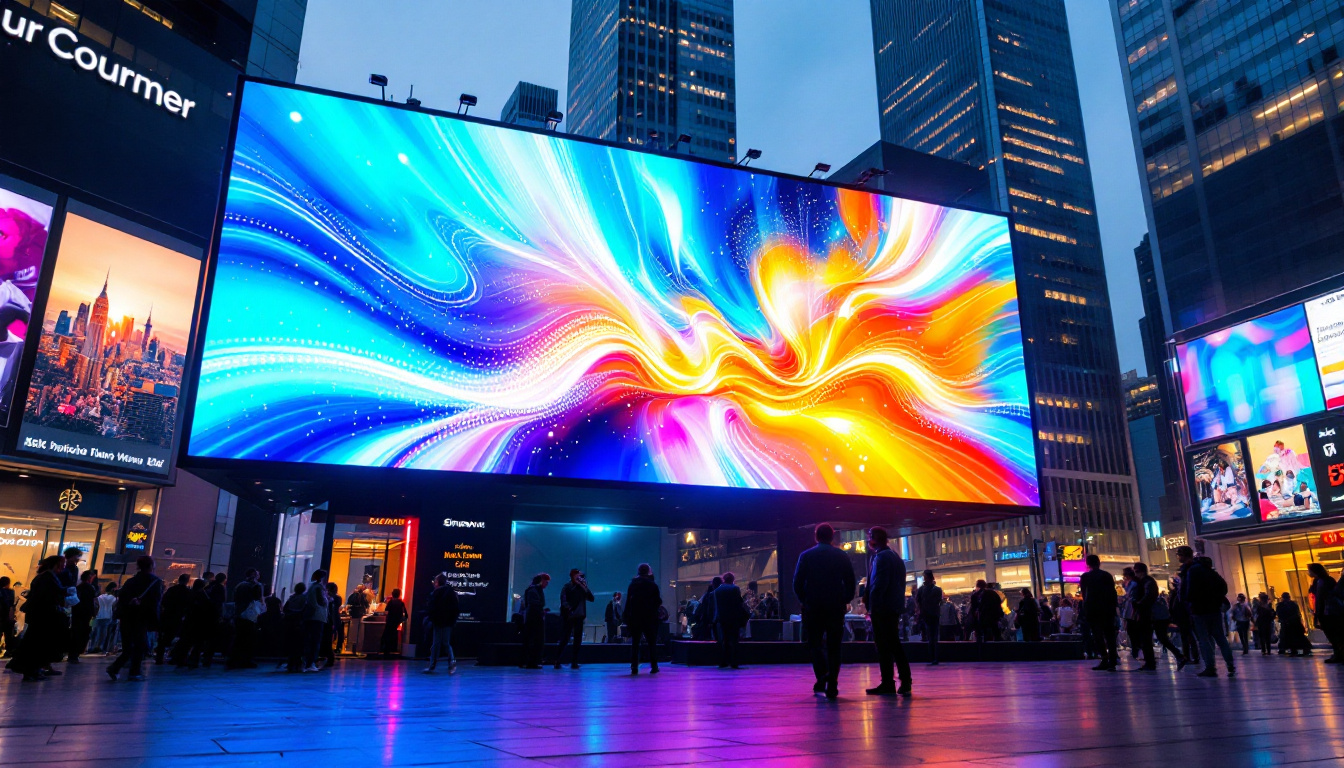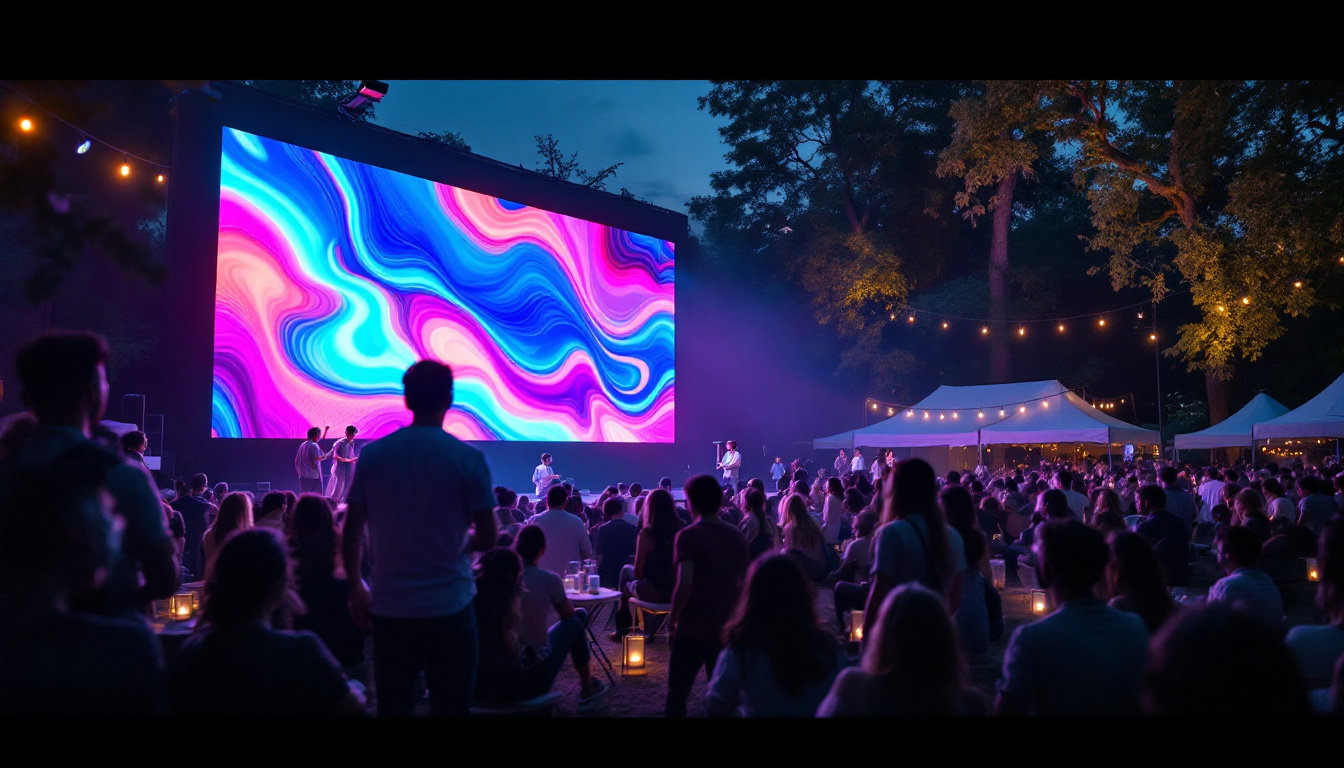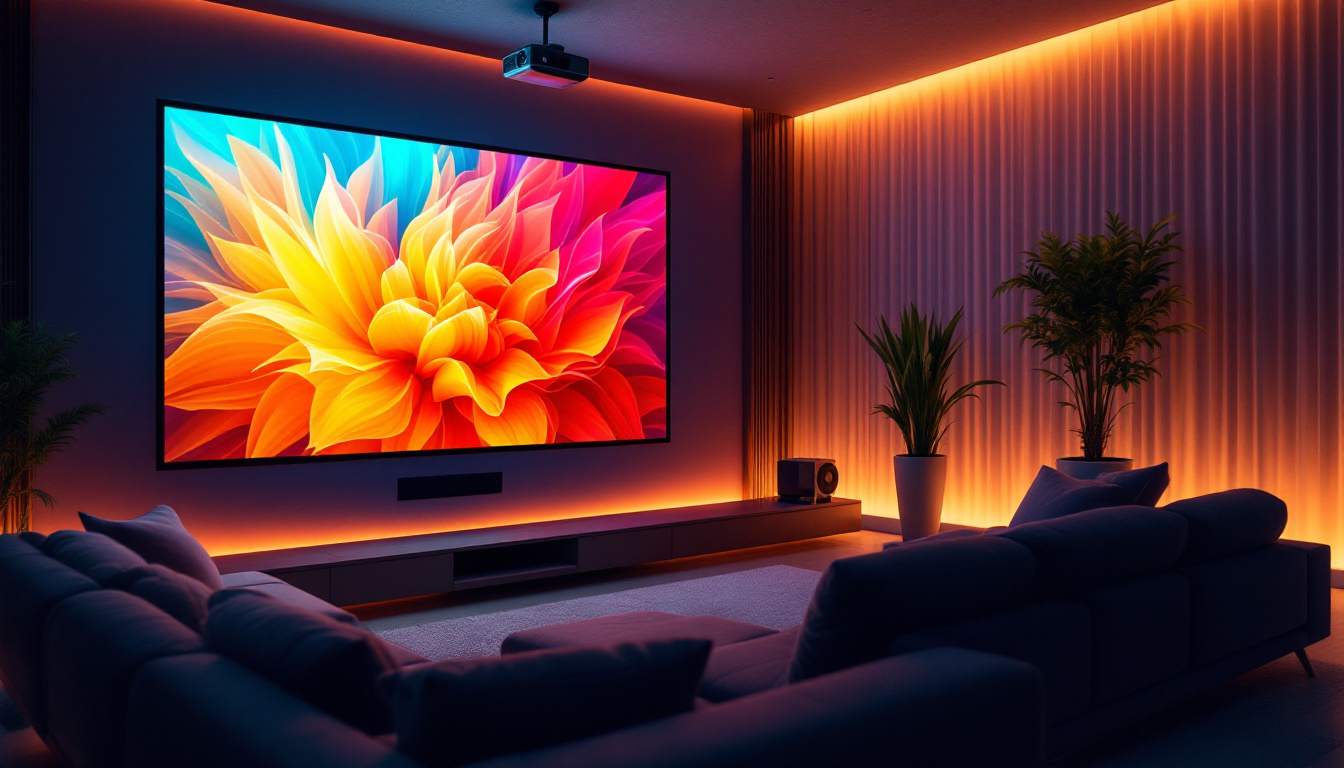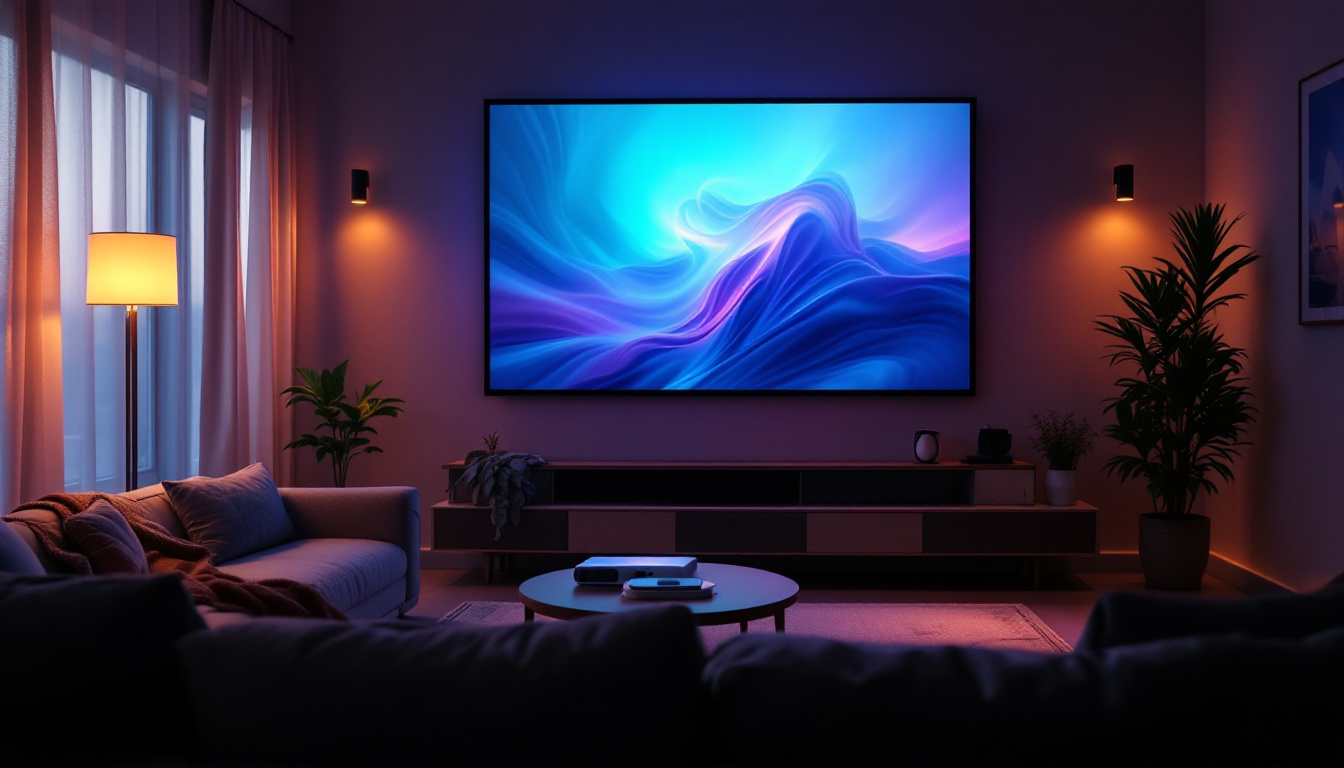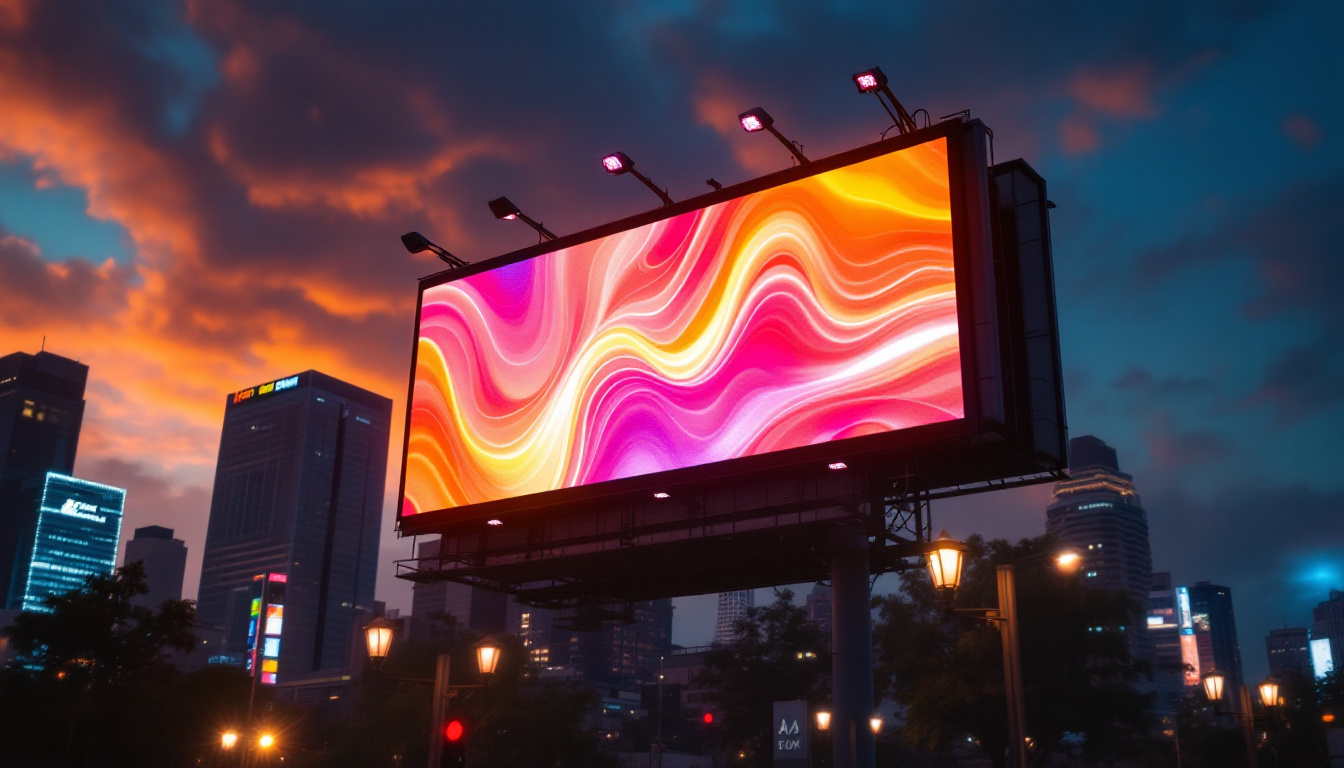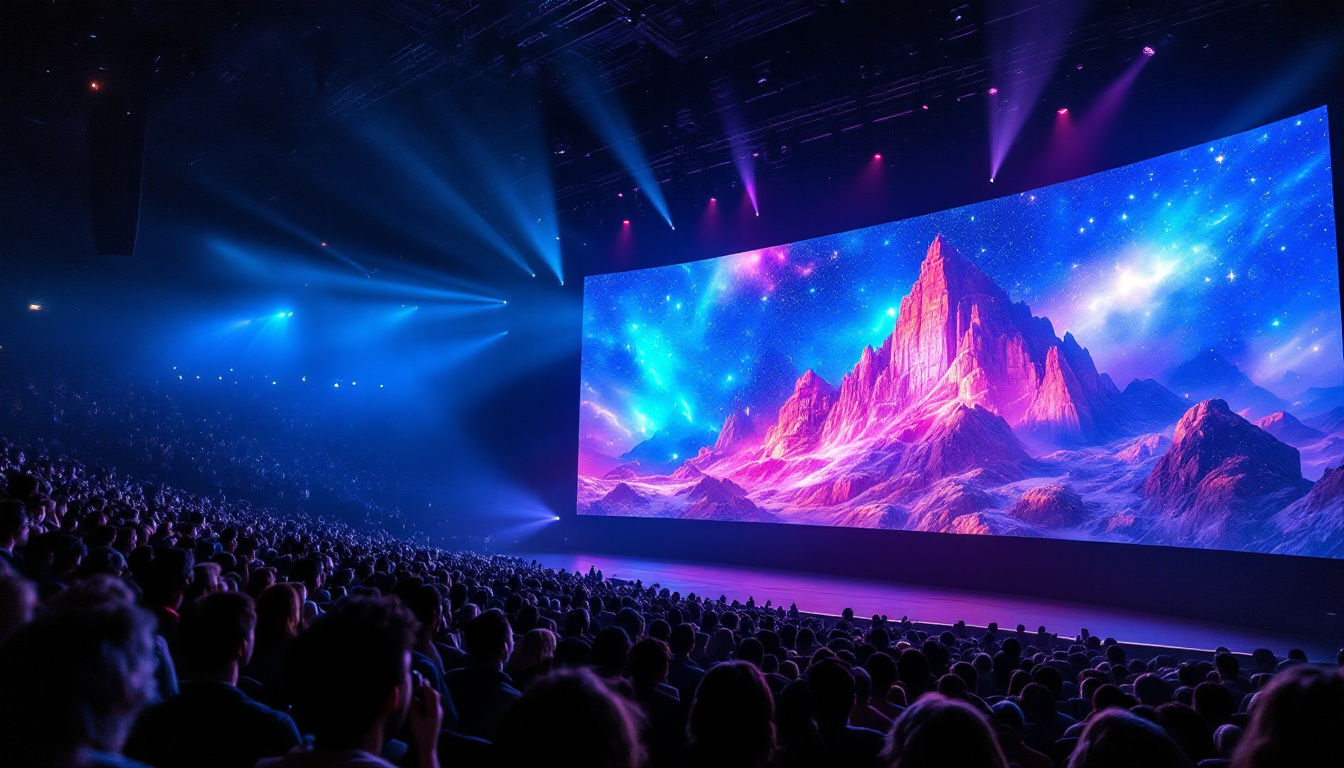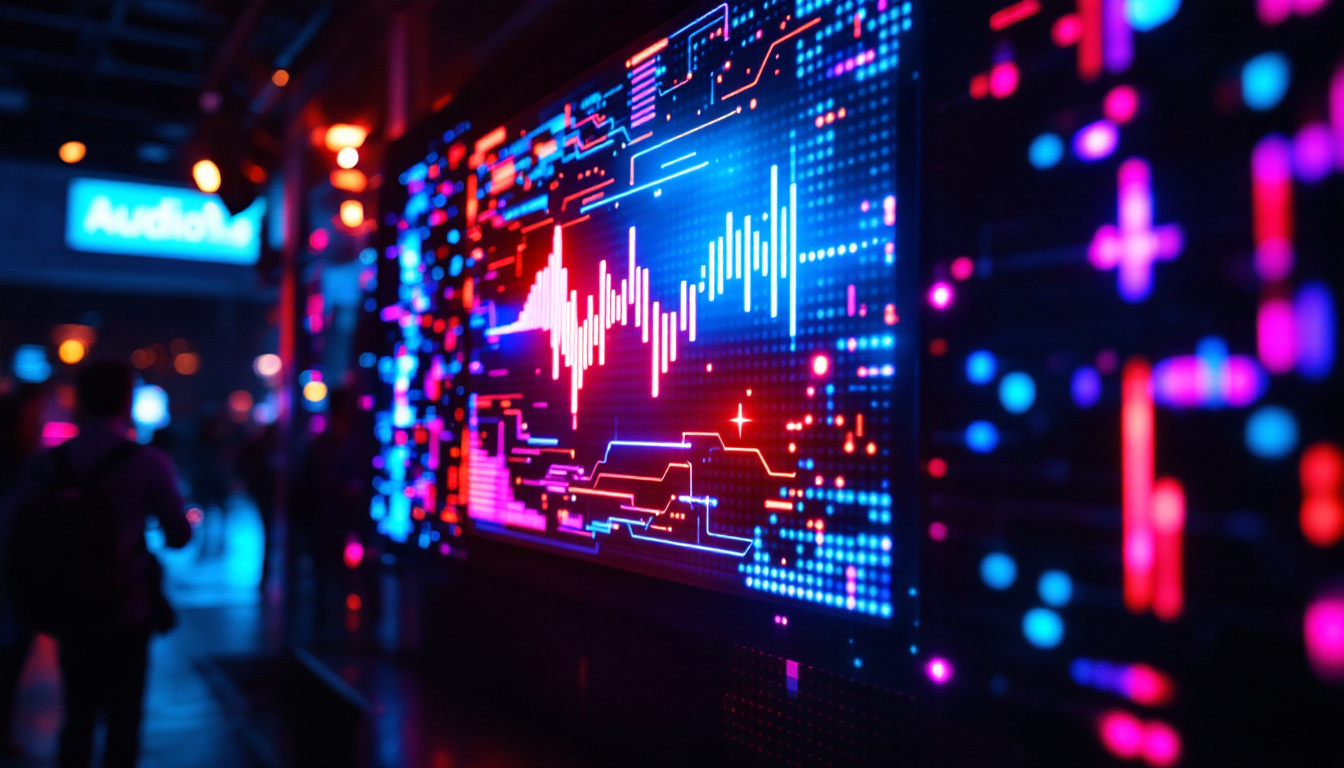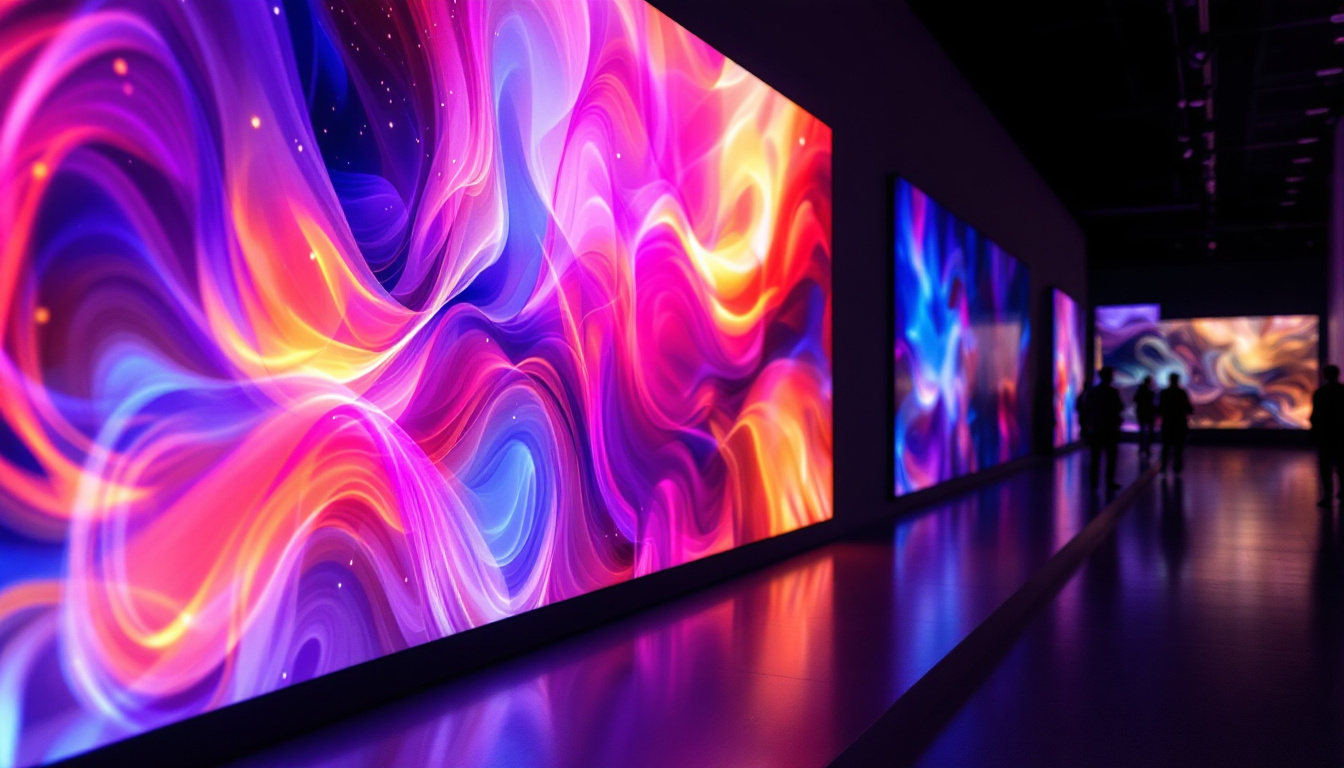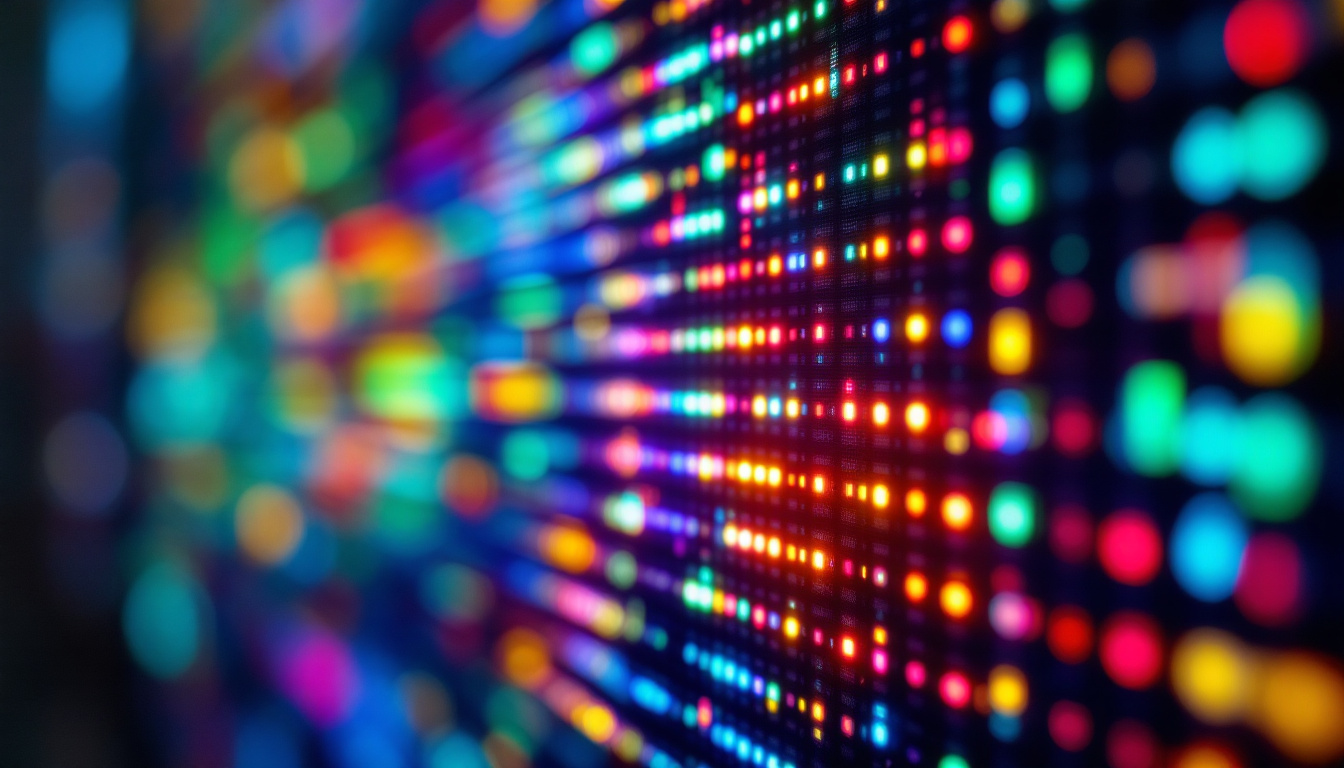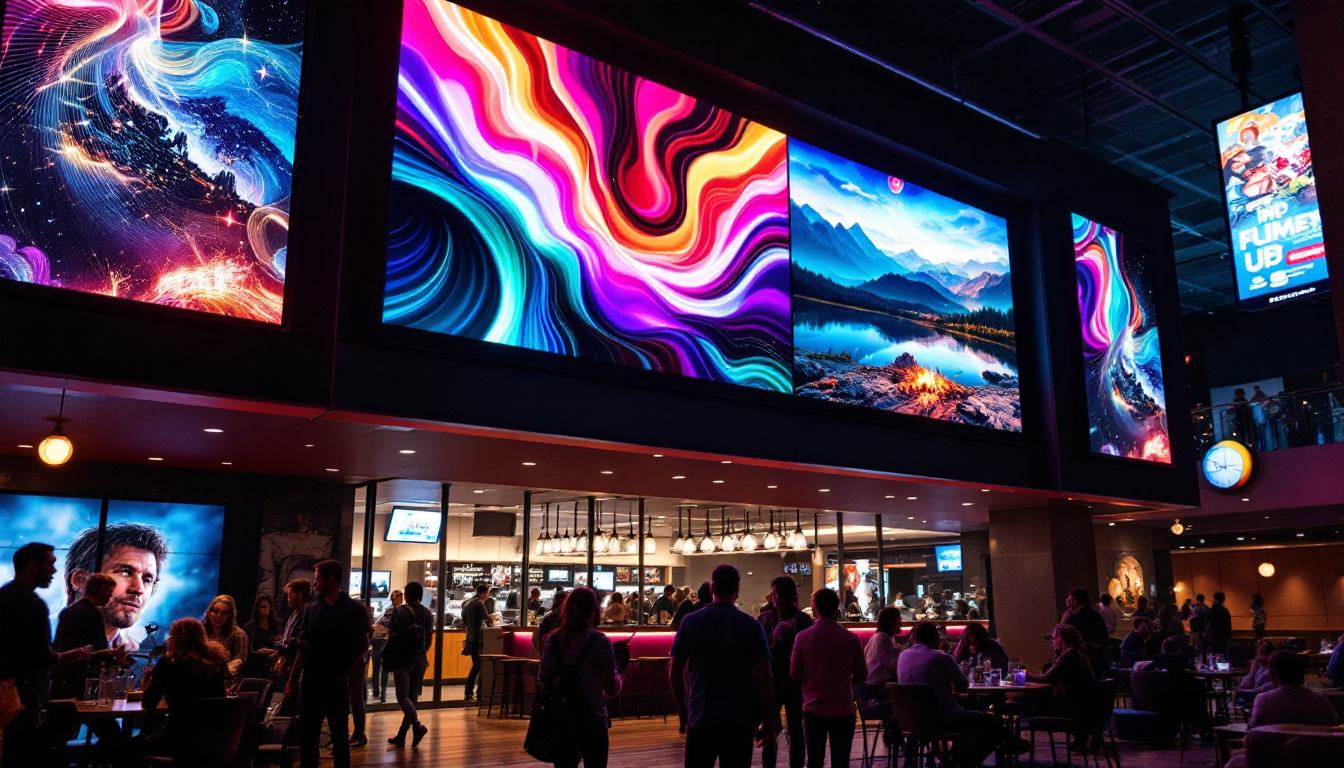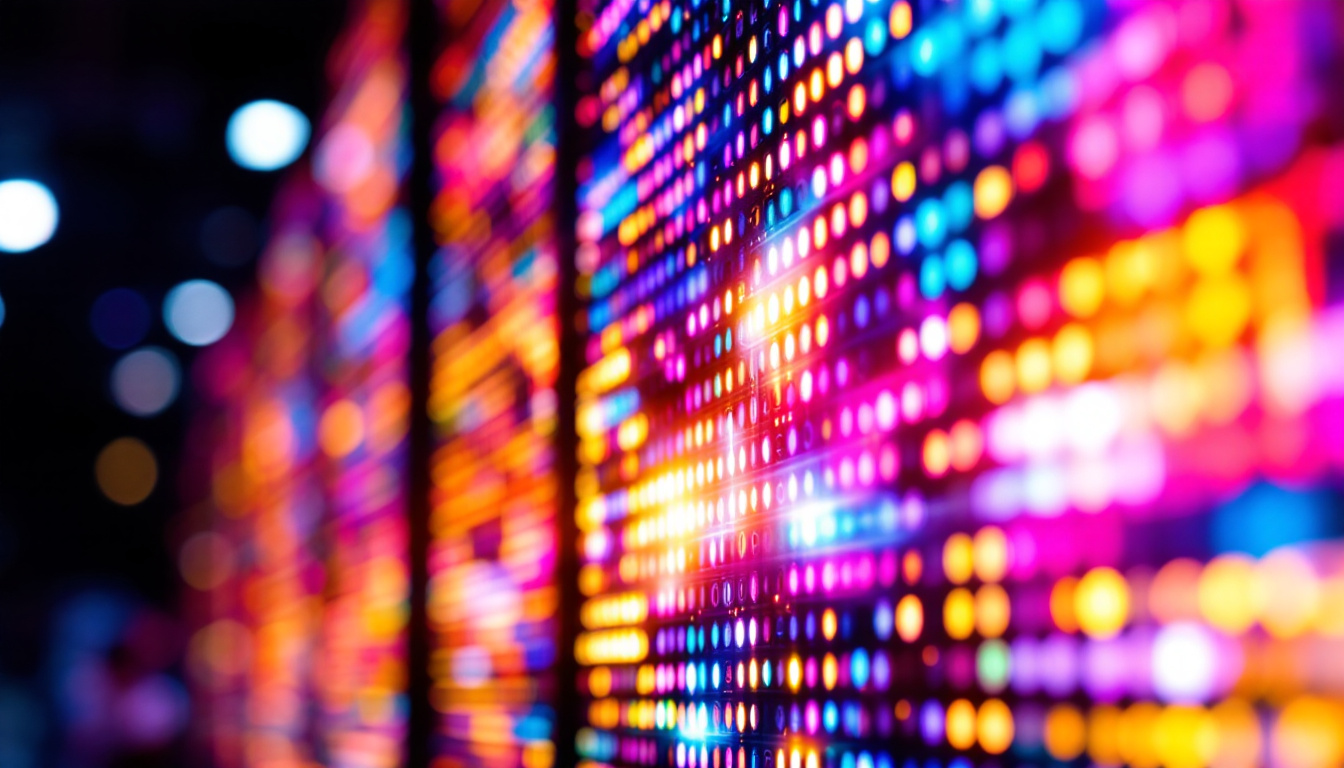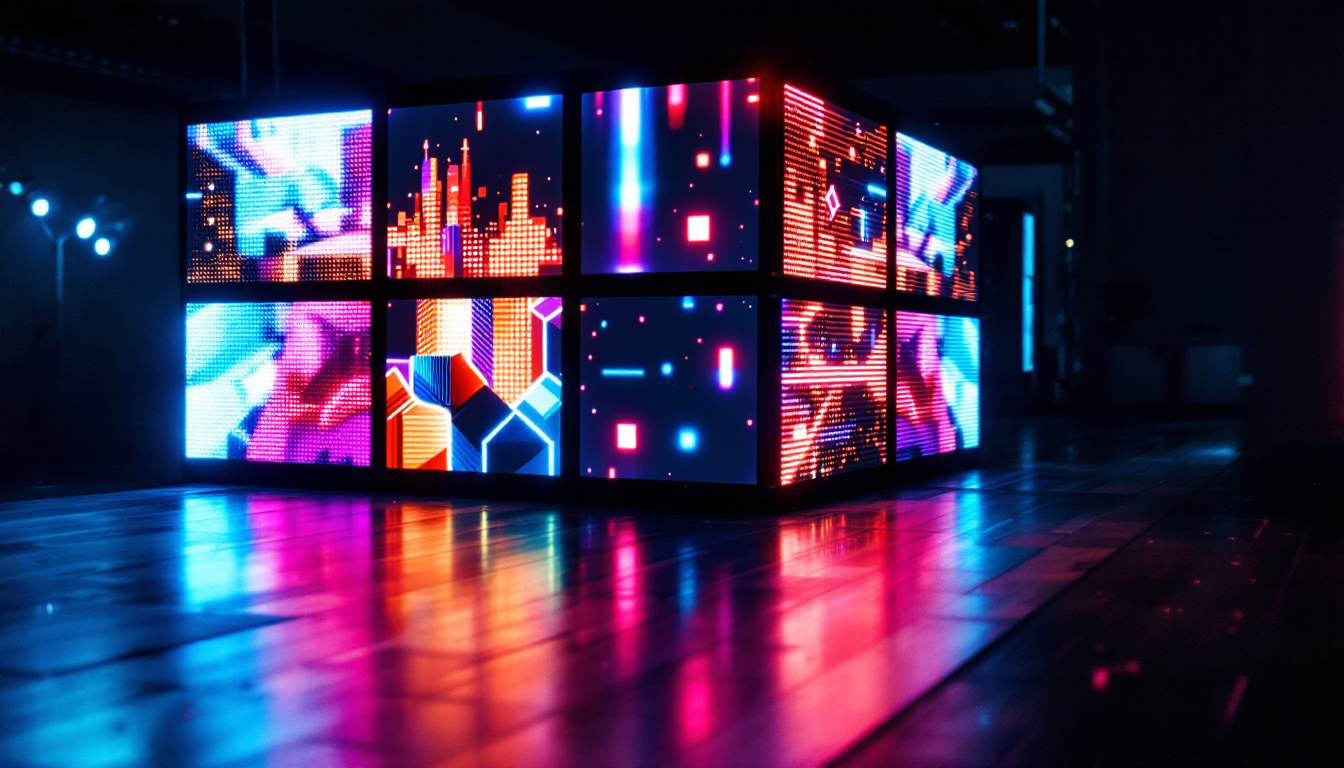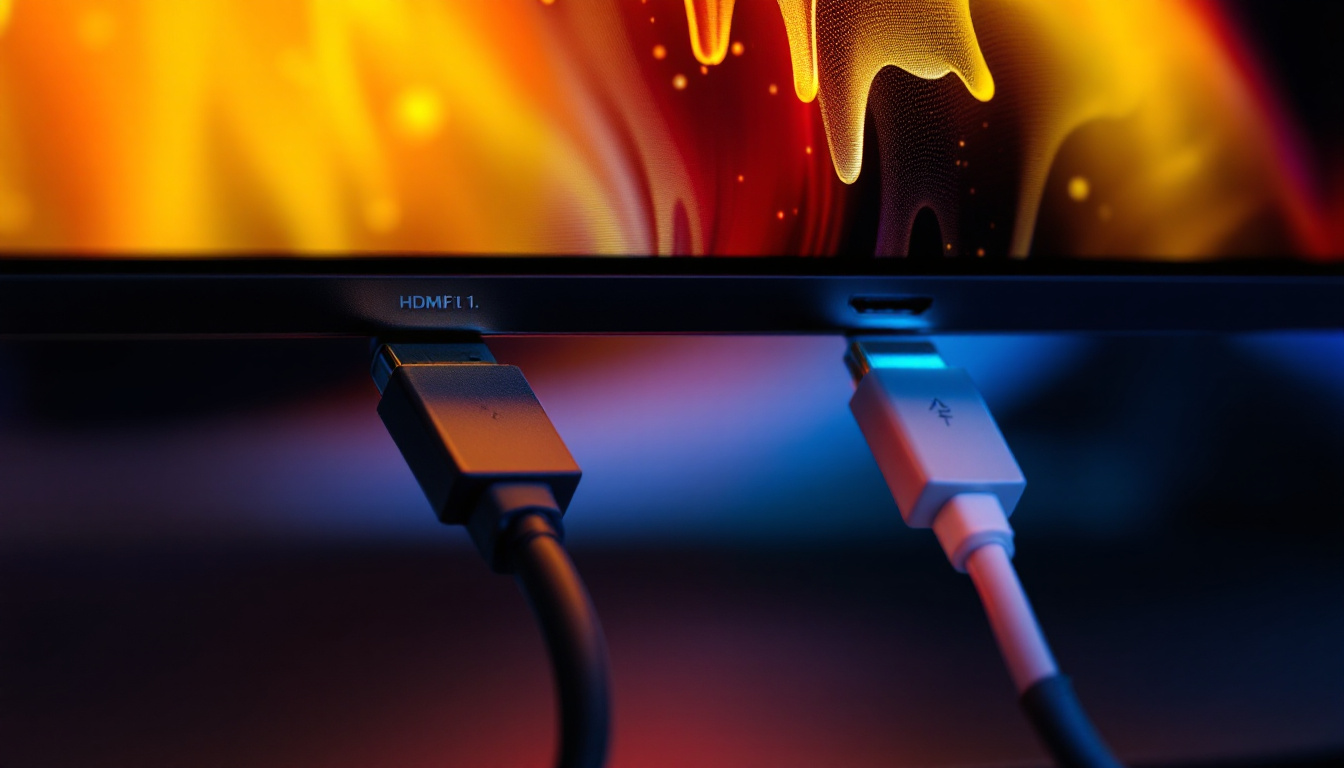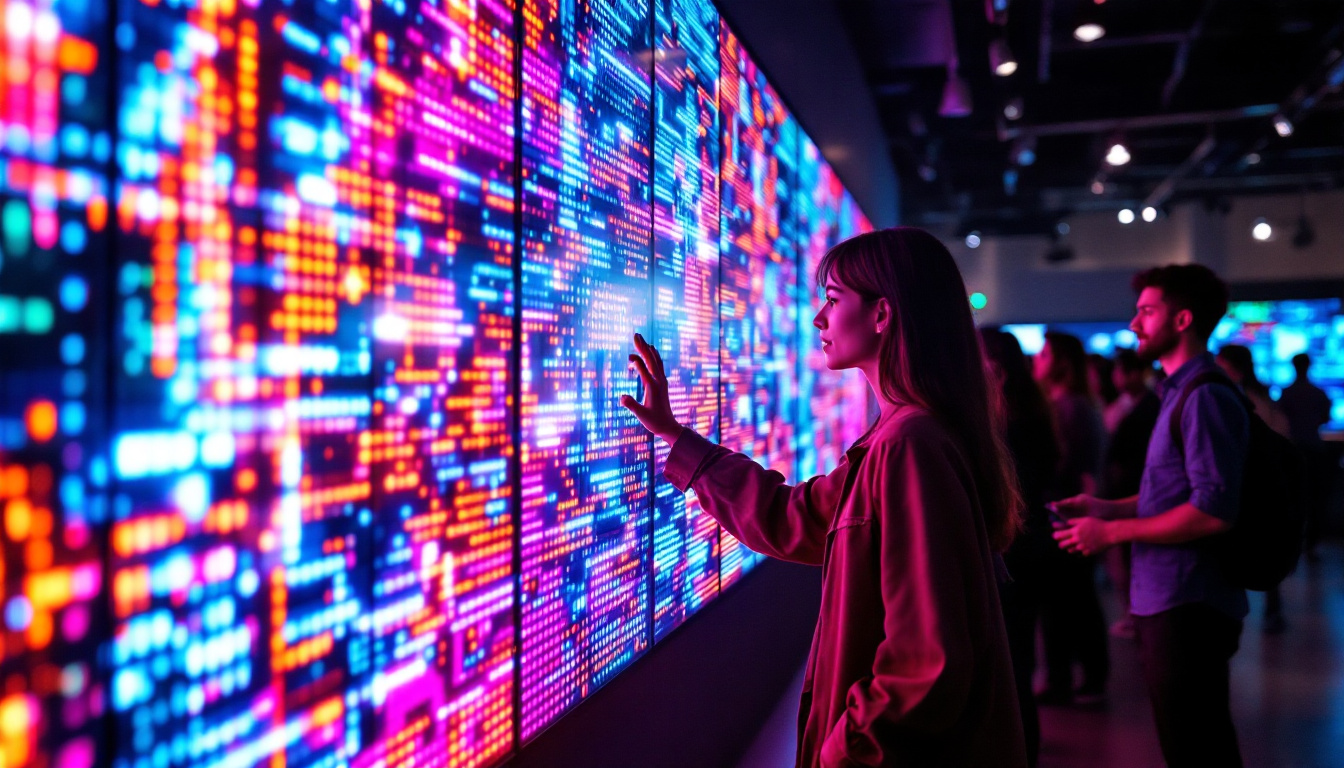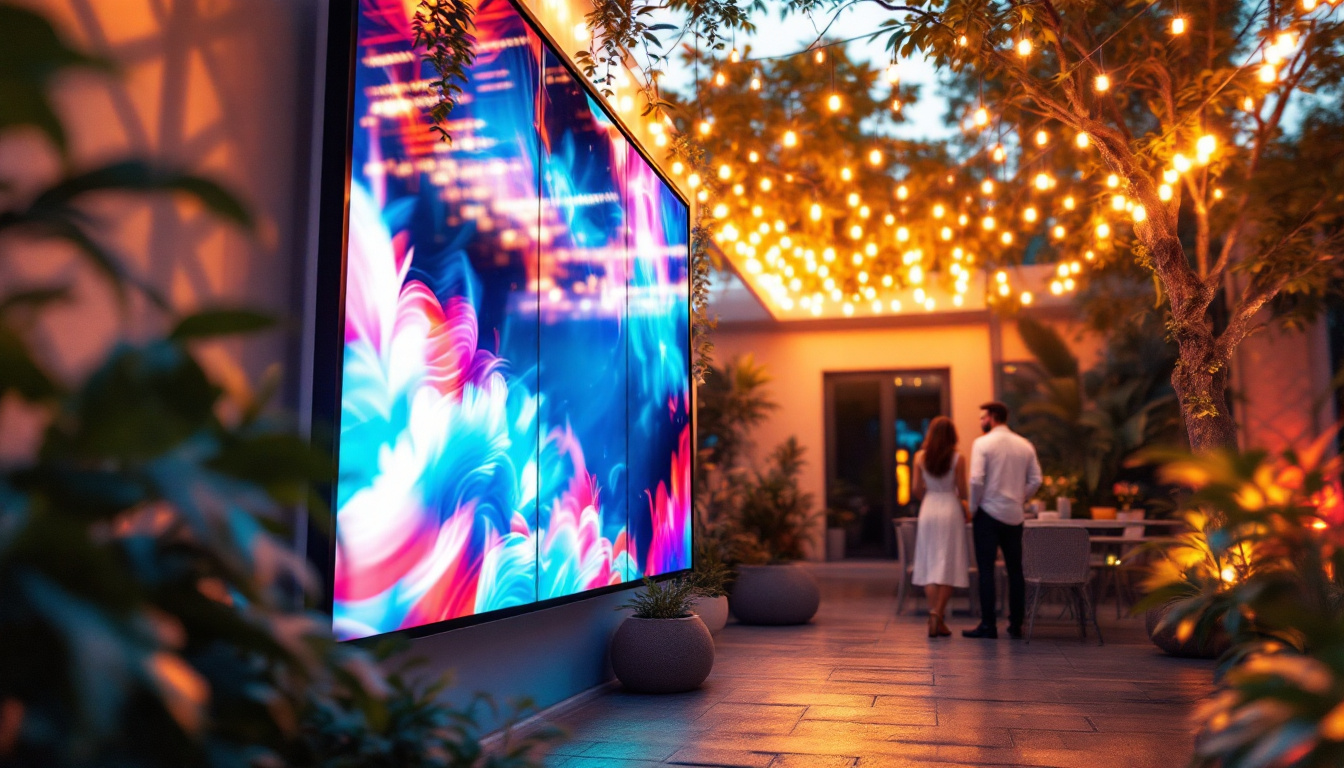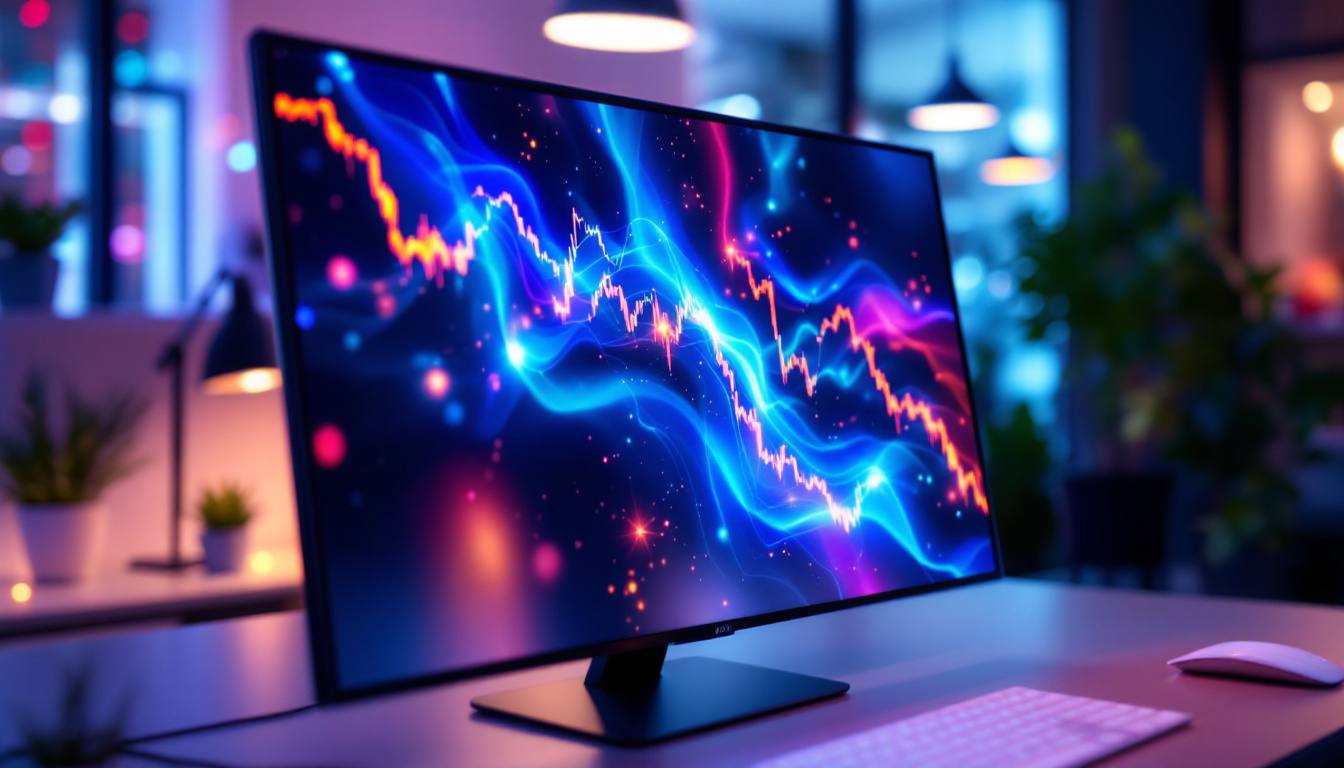In the modern world of audio-visual technology, LED displays have emerged as a pivotal component in various applications, from live events to corporate presentations. Their vibrant colors, energy efficiency, and versatility make them a preferred choice for many businesses and organizations. This article delves into the intricacies of LED displays, exploring their types, benefits, and the role they play in enhancing audio-visual experiences.
Understanding LED Displays
LED, or Light Emitting Diode, displays utilize semiconductor technology to produce light. Unlike traditional display technologies, LED displays are known for their superior brightness, contrast, and color accuracy. They can be categorized into various types, each designed to meet specific needs and environments.
Types of LED Displays
LED displays can be broadly classified into three main types: direct-view LED, LED-backlit LCD, and OLED. Each type has its unique characteristics and applications.
- Direct-View LED: This type consists of individual LEDs that create the image directly. It is commonly used for large outdoor displays, such as billboards and stadium screens, due to its high brightness and visibility in sunlight.
- LED-Backlit LCD: These displays use LED lights to illuminate an LCD panel. They are widely used in televisions and computer monitors, offering excellent color reproduction and energy efficiency.
- OLED: Organic Light Emitting Diodes provide superior contrast and color accuracy. While they are more expensive, their ability to produce deep blacks makes them ideal for high-end displays.
How LED Displays Work
At the core of LED technology lies the semiconductor material that emits light when an electric current passes through it. This process is known as electroluminescence. In a direct-view LED display, thousands of individual LEDs work together to form images by varying their brightness and color. The arrangement and density of these LEDs determine the display’s resolution and clarity.
In contrast, LED-backlit LCDs utilize a liquid crystal display panel that requires backlighting. The LED lights enhance the brightness and contrast of the image, making it more vivid and engaging. OLED displays, on the other hand, do not require backlighting, as each pixel emits its own light, allowing for greater flexibility in design and form factor.
Moreover, the technology behind LED displays continues to evolve, with advancements such as Mini-LED and Micro-LED gaining traction in the market. Mini-LED technology uses smaller LEDs to create more precise backlighting, which enhances contrast and improves local dimming capabilities. This results in deeper blacks and brighter highlights, making it particularly appealing for high-definition video content. Micro-LED, on the other hand, takes this a step further by eliminating the need for a backlight altogether, offering even finer pixel density and the potential for seamless, large-scale displays without the limitations of traditional panel designs.
Another significant advantage of LED displays is their energy efficiency. Compared to older technologies like CRT and plasma, LED displays consume significantly less power, making them a more environmentally friendly option. This efficiency not only reduces electricity costs but also contributes to a longer lifespan for the displays. As a result, many businesses and consumers are increasingly adopting LED technology for both commercial and personal use, recognizing its benefits in terms of performance and sustainability.
Benefits of LED Displays
LED displays offer numerous advantages that make them a popular choice for various applications. Understanding these benefits can help businesses make informed decisions when investing in audio-visual technology.
Energy Efficiency
One of the most significant advantages of LED displays is their energy efficiency. Compared to traditional display technologies, LEDs consume less power, resulting in lower electricity bills and a reduced carbon footprint. This efficiency is particularly beneficial for large-scale installations, such as outdoor billboards or digital signage, where displays are often on for extended periods. Moreover, the reduced energy consumption not only supports sustainability initiatives but also aligns with corporate social responsibility goals, attracting environmentally conscious consumers and stakeholders.
High Brightness and Visibility
LED displays are known for their exceptional brightness, making them suitable for both indoor and outdoor environments. Their ability to produce vibrant colors and high contrast ratios ensures that content remains visible even in direct sunlight. This feature is crucial for applications like advertising and event broadcasting, where visibility can significantly impact audience engagement. Furthermore, the advanced technology behind LED displays allows for dynamic content that can be easily updated, ensuring that messages remain fresh and relevant. This adaptability is particularly advantageous for businesses that frequently change promotions or announcements, allowing them to capture the attention of passersby effectively.
Longevity and Durability
LED technology boasts a long lifespan, often exceeding 50,000 hours of use. This longevity translates to lower maintenance costs and fewer replacements over time. Additionally, LED displays are more resistant to shock and vibration compared to traditional displays, making them ideal for dynamic environments such as concerts and sports events. The robust construction of LED displays also means they can withstand harsh weather conditions, including rain, snow, and extreme temperatures, which is essential for outdoor applications. As a result, businesses can rely on these displays to perform consistently, ensuring that their messaging is uninterrupted and impactful throughout the year.
Applications of LED Displays
The versatility of LED displays allows them to be utilized in a wide range of applications. From entertainment to corporate settings, their adaptability makes them a valuable asset for various industries.
Live Events and Entertainment
In the realm of live events, LED displays have revolutionized the way audiences experience performances. Concerts, festivals, and theatrical productions often incorporate large LED screens to enhance visual storytelling. These displays can showcase dynamic content, including video feeds, graphics, and animations, creating an immersive atmosphere for attendees.
Furthermore, the flexibility of LED panels allows for creative stage designs. Modular LED systems can be configured into various shapes and sizes, enabling event organizers to craft unique visual experiences tailored to their specific themes.
Corporate Presentations and Advertising
In corporate settings, LED displays serve as powerful tools for presentations and advertising. Digital signage solutions equipped with LED technology can effectively communicate messages in lobbies, conference rooms, and trade shows. Their high visibility ensures that information is easily accessible to audiences, enhancing engagement and retention.
Moreover, businesses can leverage LED displays for targeted advertising campaigns. By utilizing dynamic content, companies can tailor their messages based on audience demographics and preferences, maximizing the impact of their marketing efforts.
Retail and Hospitality
Retailers and hospitality businesses have embraced LED displays to elevate customer experiences. Digital signage in stores can showcase promotions, product information, and engaging visuals that attract customers’ attention. In restaurants and hotels, LED displays can enhance ambiance and provide essential information, such as menus and event schedules.
The ability to update content in real-time allows businesses to respond swiftly to changing market conditions, ensuring that their messaging remains relevant and effective.
Choosing the Right LED Display
When selecting an LED display, several factors must be considered to ensure that the chosen solution meets the specific needs of the application. Understanding these factors can help businesses make informed purchasing decisions.
Resolution and Pixel Pitch
Resolution is a critical factor in determining the quality of an LED display. It refers to the number of pixels that make up the display, with higher resolutions providing clearer and more detailed images. Pixel pitch, on the other hand, refers to the distance between individual pixels. A smaller pixel pitch results in a higher resolution and is ideal for close viewing distances, such as in indoor settings.
For outdoor displays, a larger pixel pitch may be acceptable, as viewers are typically positioned further away. It’s essential to strike a balance between resolution and viewing distance to ensure optimal image quality.
Brightness and Contrast
Brightness is another crucial consideration, especially for outdoor displays exposed to sunlight. The brightness level is measured in nits, with higher values indicating greater visibility in bright conditions. Contrast ratio, which measures the difference between the brightest and darkest parts of an image, also plays a significant role in image quality. A high contrast ratio enhances the overall viewing experience, making images appear more vibrant and dynamic.
Installation and Maintenance
Installation requirements can vary significantly based on the type of LED display chosen. Some displays may require specialized mounting solutions or structural support, while others are designed for easy installation. Additionally, understanding the maintenance needs of the display is essential for ensuring longevity and performance. Regular cleaning and inspections can help prevent issues and prolong the lifespan of the display.
The Future of LED Displays
As technology continues to evolve, the future of LED displays looks promising. Innovations in materials, design, and functionality are expected to drive advancements in this field, further enhancing the capabilities of LED technology.
Emerging Technologies
One of the most exciting developments in LED technology is the emergence of microLED displays. These displays utilize microscopic LEDs to create high-resolution images with exceptional color accuracy and brightness. MicroLED technology has the potential to revolutionize the display industry by providing thinner, lighter, and more energy-efficient solutions.
Additionally, advancements in flexible LED technology are paving the way for innovative applications. Flexible LED displays can be curved or shaped to fit unique environments, opening up new possibilities for creative installations and designs.
Integration with Smart Technologies
The integration of LED displays with smart technologies is another trend shaping the future of this industry. As the Internet of Things (IoT) continues to expand, LED displays can be connected to various devices and systems, allowing for real-time data updates and interactive experiences. This connectivity can enhance audience engagement and provide valuable insights for businesses.
Conclusion
LED displays have transformed the landscape of audio-visual technology, offering unparalleled brightness, energy efficiency, and versatility. Their applications span across various industries, from live events to corporate environments, making them an essential tool for communication and engagement.
As technology continues to evolve, the future of LED displays holds exciting possibilities. By understanding the intricacies of LED technology and its benefits, businesses can make informed decisions that enhance their audio-visual experiences and drive success in an increasingly competitive landscape.
Discover LumenMatrix’s Innovative LED Solutions
Ready to elevate your audio-visual experience with the latest in LED technology? LumenMatrix is at the forefront of innovation, offering a comprehensive range of LED display modules designed to captivate and engage. From vibrant Indoor and Outdoor LED Wall Displays to versatile Vehicle and Sports LED Displays, our solutions are crafted to revolutionize visual communication. Explore our dynamic LED Poster Displays, immersive Floor LED Displays, and the sleek All-in-One and Transparent LED options. Embrace the future of digital signage with LumenMatrix and create unforgettable visual experiences. Check out LumenMatrix LED Display Solutions today and transform your brand’s visibility with clarity and impact.

